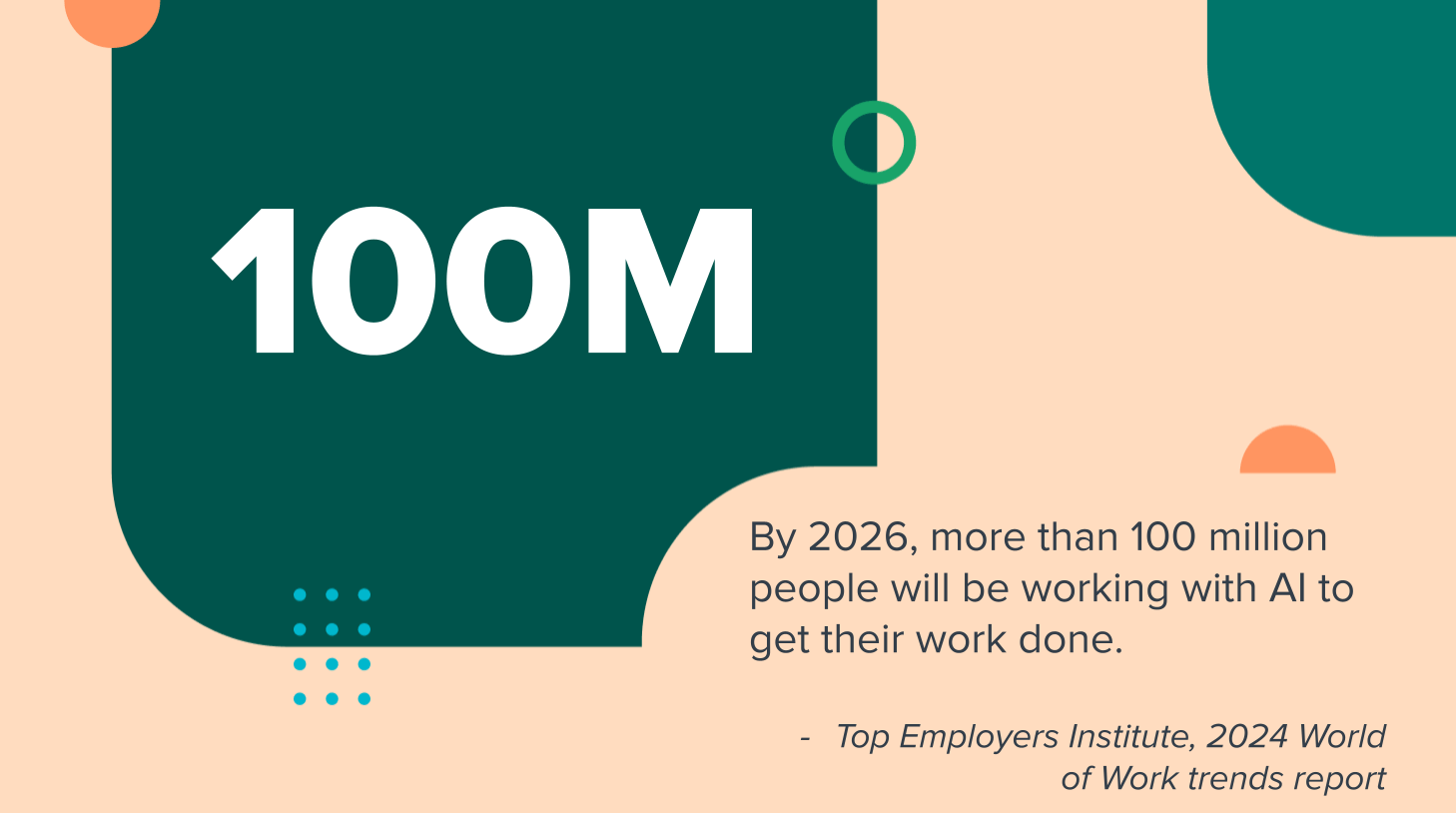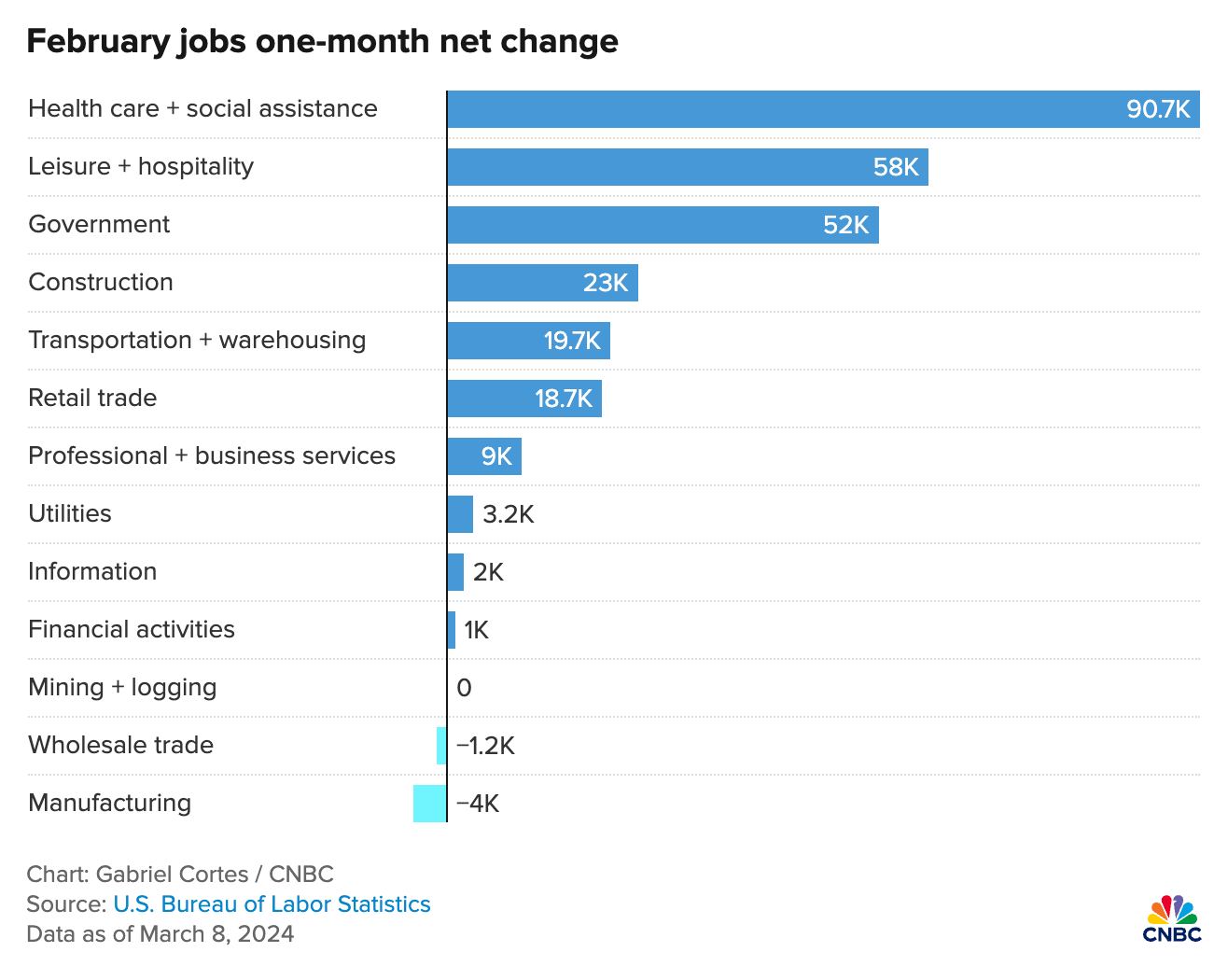The great talent shift – and the need for leaders and L&D
Despite mass layoffs hitting hundreds tech companies, affecting more than 56,000 workers, the job market reveals a paradoxical increase in postings. This reflects an industry evolution, shifting demands, and a focus on upskilling. TEI's Trevor Bogan shares more.

According to layoffs.fyi, as of the end of March 2024, 222 tech companies have laid off 56,858 workers. In 2023, tech layoffs were 59% higher than 2022.
Yet, according to the most recent Workable hiring data, job postings are up this year. Companies posting 8.7 jobs on average in January and 8.6 on average in February. That’s up from 6.6 in January 2023 and the same in January 2022.
So what gives? It’s a combination of factors, most of all including a wide range of discrepancies in layoff/job add numbers across industries, according to Trevor Bogan, regional director at the Top Employers Institute in North America.
Trevor was kind enough to provide insights in an email Q&A, and we’re sharing them with you now.
The industry evolution
First of all, let’s be real – mass layoffs are absolutely happening. It’s just not happening evenly across the board, but rather affecting some sectors and not others, says Trevor.
“You will continue to see retail and IT companies go through layoffs because of the over hiring through the pandemic period,” he says.
Meanwhile, other industries are seeing job booms.
“Industries like healthcare, cybersecurity, fintech, data science and others are seeing an increase in hiring to cover demand.”
This suggests a talent shift – not a redundancy.
One explanation for the dichotomy of increased job additions and surging layoffs is that jobs are simply migrating and evolving rather than being lost. It’s not that tech is cutting jobs and healthcare is adding jobs. Rather, socioeconomic shifts mean long-established skills and specialties are tumbling over into other sectors.
For example:
- journalism gigs take a hit while content marketing opportunities grow
- retail sales jobs give way to e-commerce positions
- traditional banking roles shift to lucrative fintech jobs
There are many other examples, but ultimately, when one industry’s jobs become redundant, it’s not as if those skills simply disappear or become less valuable in the modern work world. In many cases, those skills simply become in demand in different sectors.
Research think tank McKinsey & Company also spoke to this trend in a report on the impacts of generative AI on New York City’s talent landscape, published in early March 2024. In the report, it writes:
“This change – like so many before it – does not mean the region will lose jobs overall, just as the lost jobs of clothing manufacturers in the Garment Center were replaced by media and tech jobs generations later. But gen AI will accelerate a shift in ways of working [emphasis ours] for hundreds of thousands of workers in different ways and to different degrees.”
This is happening within companies as well. Layoffs are having an adverse impact on those employees who are “left behind” in their jobs – leading to an increased urgency to remain relevant to their employers.
Companies themselves are also shifting rapidly, and employees would do well to shift with them.
This means the emergence of upskilling and reskilling as a standard in the workplace.
“Employees are having to navigate how to become more of an asset for their organizations than a liability,” says Trevor. “Employees are having to learn new skills to support the expansions of their roles to cover those that have been laid off.
“Reskilling and upskilling also gives the ability for employees to move into different business units to support other projects as well to continue production.”
The double dose of AI and pandemic aftershocks
What else is happening? Two major developments in recent years: first, the pandemic and the aftershocks that followed, and second, the meteoric surge of artificial intelligence as a work technology.
How much of either of those are factors in the dual layoffs/jobs phenomenon?
Trevor says it’s a bit of both, pointing to the 2024 World of Work trends report from Top Employers Institute.
“We found that by 2026 over 100 million people will be working with AI to get their work done. Employees are going to have to learn and educate themselves on the capabilities of AI and how to work with technology in an efficient manner,” he says. “[It’s] just another skill to develop.”

He points to the pandemic as an example of learning on the fly.
“During and after the pandemic, we had to evolve the way we worked with remote/flex work environments, utilizing certain technologies and to be productive outside of your traditional office environments. You had to learn through developmental videos, Teams/Zoom meetings, and other methods without the face-to-face interaction.”
Keys to retention: skills-first hiring and L&D
It’s a lot to take in for employees accustomed to relatively stabler times pre-pandemic. They can only handle so much talk about layoffs, changes, skills shifts, and overall anxiety-inducing developments in the working world.
This means many organizations – perhaps yours included – are prioritizing retention as a focal strategy in 2024. Trevor echoes this.
“Organizations need to focus on employee retention because the candidate market is very tight. Organizations are keen to get creative when it comes to holding onto their talent,” says Trevor.
He points to developmental opportunities, active listening sessions, empathetic and vulnerable leadership, a positive work culture with a focus on wellness and flexwork as core features that’ll earn the engagement and loyalty of your star employees.
You need to hire for skills as well and ensure cross-functional work as a standard. And then you’ll need to develop your team skills.
“Skills first training is an approach that organizations are going to have to start implementing if they haven’t yet. […] Also leveraging a career development roadmap so employees can see new paths to grow within the organization is critical.”
At the center of this is establishing a workforce that’s able to roll and grow with the punches.
What you can do as an employer
Trevor has practical advice for employers to follow to ensure an agile, resilient, and dedicated team.
1. Develop leaders with empathy
First step: your leaders aren’t just managers. They need to lead their people.
“Understand the power of developing leaders who understand the organization’s purpose and drive that purpose with empathy and vulnerability,” Trevor says, emphasizing the importance of communication.
“Incorporating well-being conversations in employee performance reviews are critical for attracting and retaining talent.”
2. Actively listen to your employees
It’s not just about hearing what they have to say – it’s about giving them a platform to voice themselves.
“Listening to your employees and actively involving them in strategic business decisions, so they can feel like their voices are being not just heard, but there is action taken so that their ideas come to fruition.”
3. Broaden your DEI horizons
It’s a tight labor market, says Trevor.
“Organizations need to become more open to ‘non-traditional’ candidates like neurodivergent, veterans, the long-term unemployed, non-linear career followers, or the older generation. This will support their DEI initiatives and keep talent working for organizations that believe that diversity in the workplace can add long-term value.”
TEI’s survey report shows an increase in this area in 2023 compared with 2022 – partly as a result of DEI initiatives coming under budgetary pressures and greater scrutiny as to the impact on the bottom line.
We started by talking about layoffs and disruption in the working landscape – and coming back to that by saying this requires forward-thinking strategies for employers, as Trevor says.
It’s not only about avoiding layoffs and disruptions – it’s about what those signify. They signify that existing talent acquisition and leadership strategies are no longer effective.
It’s not easy for employers, and it’s not easy for employees. But Trevor Bogan’s recommendation of an adaptive and resilient mindset and a holistic and inclusive approach will reap dividends.
Frequently asked questions
- How many companies have actually seen job displacements due to AI?
- Despite the prevalent fear of job losses, only 22.7% of companies reported many job displacements, while a larger fraction experienced minor impacts or none at all, highlighting a trend towards job evolution rather than elimination.
- Are some industries more affected by AI-induced job worries than others?
- Industries vary in their experience, with construction leading in job displacement concerns. Interestingly, sectors like retail and education report lower impacts, suggesting that AI's effect is not uniformly felt across the board.
- What does the future hold for jobs in the AI era?
- The future is leaning towards adaptation and skill evolution. Experts like Trevor Bogan advocate for learning and integrating new AI technologies, indicating a shift in job roles rather than a reduction in employment opportunities.
- What percentage of companies have not seen any job displacements due to AI?
- Over one-third of companies (36.5%) reported no known job displacements as a result of AI, suggesting that the fear of job loss may be overstated compared to actual occurrences.
- How does the perception of AI and job loss vary by industry?
- Perceptions of AI's impact on jobs differ significantly across industries. While construction workers report higher displacement rates, sectors like retail and education are less likely to witness job changes, indicating industry-specific responses to AI advancements.








